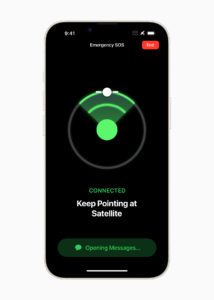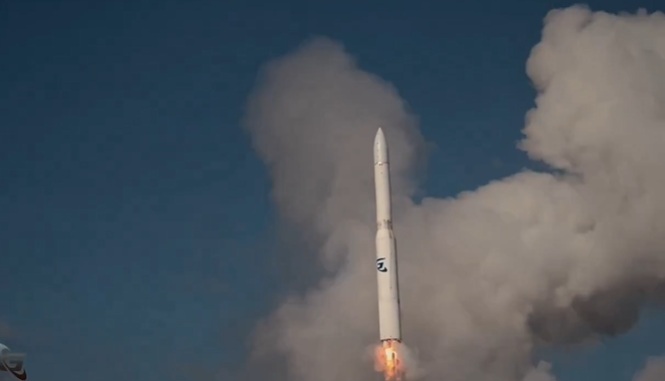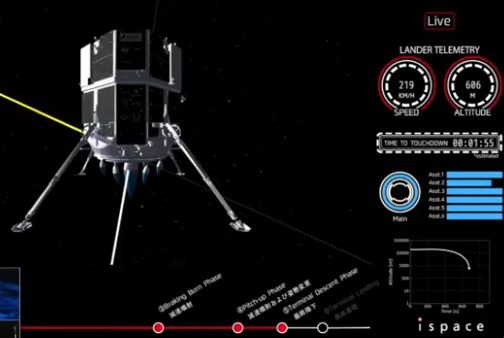Globalstar, one of the original LEO constellation operators, will be used by Apple to allow iPhone users to send emergency messages via satellite from remote locations.
The partnership, which makes Apple Globalstar’s biggest customer, was made public shortly after an event at which the tech giant revealed the features of its new iPhone. These included an “Emergency SOS via satellite” feature, which will allow users to send emergency messages, even from locations outside of cellular or Wi-Fi coverage, by connecting directly to a satellite.
Globalstar has secured the lion’s share of the $450 million Apple plans to spend on the new safety feature. As part of the agreement, Apple will fund 95 per cent of the approved capital expenditure on the new Globalstar satellites needed for the service. Even with this backing though, Globalstar will still need to raise further debt to fund the construction of its planned satellites.
In February the satellite operator announced that it had ordered 17 new satellites, with a US$327 million price tag. A few months later Globalstar registered a network with the International Telecommunication Union (ITU) for 3,080 satellites operating in 100 orbital planes at altitudes of between 485 and 700 km.
Apple made no mention of Globalstar during its presentation or on its website, where it details the “new industry-first safety service”, but Globalstar revealed that it would be providing the satellite system for Apple’s new feature in a filing with the US Securities and Exchange Commission.
The announcement brings years of speculation to a close about the company’s mystery partner, which it had previously alluded to.
The emergency message feature will be available for iPhone 14 users in the US and Canada from November, when the new model becomes available to buy. Apple has said the service will be free for the first two years, but the company has stayed quiet on future charges after this.

Courtesy: Apple.





